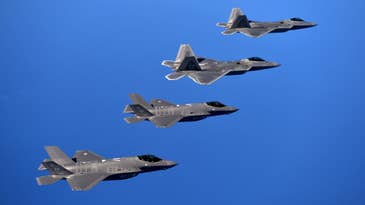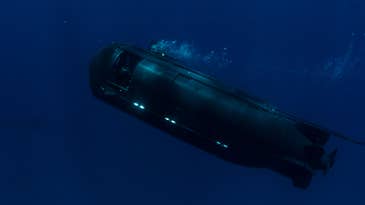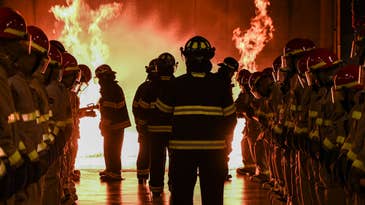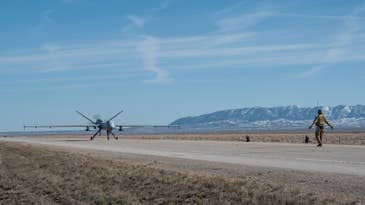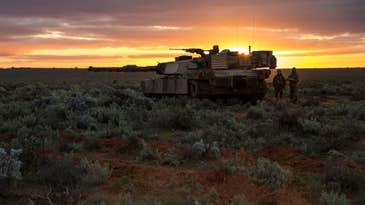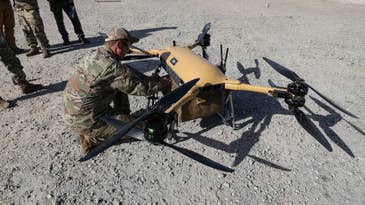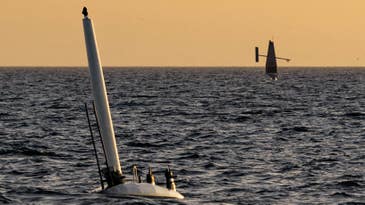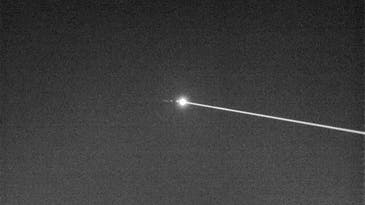
Kelsey D. Atherton
Contributor, Tech
Kelsey D. Atherton is a military technology journalist who has contributed to Popular Science since 2013. He covers uncrewed robotics and other drones, communications systems, the nuclear enterprise, and the technologies that go into planning, waging, and mitigating war. Kelsey lives in Albuquerque, New Mexico, with his spouse, beloved pets, and ample sunshine.
Highlights
- Deeply interested observer and reporter on the technologies of future war, with an eye towards the impact on human lives.
- Won back-to-back “Best Un-manned Systems Submission” at the 2019 and 2020 Aerospace Media Awards
- Past bylines in Aviation Week, Scientific American, Slate, C4ISRNET, and The New York Times
Experience
Kelsey started in journalism as a contributor on the defense technology beat at Popular Science in February 2013, with a first week that included both the release of a memo on targeted killing technologies and a North Korean nuclear weapons test. He was a full-time contributor through October 2016, and then a staff writer from October 2016 through September 2017. Today, Kelsey is a regular contributor to Popular Science and Discontents News, where he shares more free-form stories about military tech at Wars of Future Past.
Kelsey has also contributed to a range of other publications, including two years spent as a staff writer at C4ISRNET, which stands for Command Control Communications Cyber Intelligence Surveillance Reconnaissance Networks. At C4ISRNET, he covered defense industry news for an industry audience, and produced the Tomorrow Wars newsletter, which took a more human-focused look into communications, sensors, and military robots.
Education
Kelsey graduated from Tulane University in 2011, with a degree in Political Science and a double major in history.
Favorite weird science fact
Project Blue Book, the Air Force’s program to catalog UFO sightings in the 1950s and 1960s, publicly found 90 percent of sightings explainable. Thanks to documents declassified in 1992, half of the remaining unexplained sightings were revealed to be people reporting the flights of secret US spy planes, like the U-2.
Notable Work
- Survivors of America’s first atomic bomb test want their place in history Popular Science
- Are Killer Robots the Future of War? Parsing the Facts on Autonomous Weapons The New York Times
- An explosion in Venezuela brings gimmick drones to the political battlefield c4isrnet
- How Silicon Valley Is Helping the Pentagon Automate Finding Targets Military.com
- Creating The Visual Canon Of America’s Longest War Wars of Future Past
- Portfolio Kelsey Atherton
